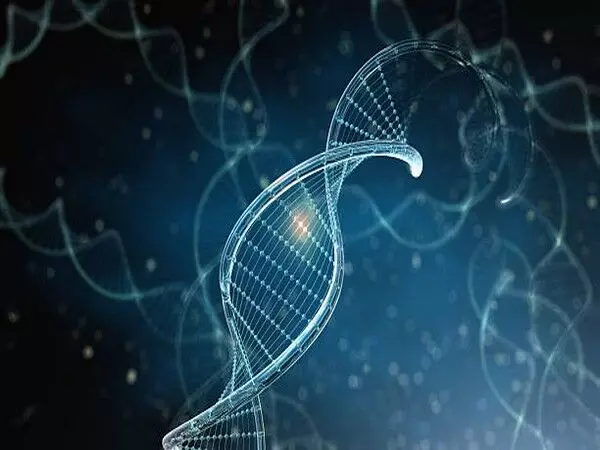
Updated new map of human genome better reflects global population
text_fieldsScientists on Wednesday unveiled a new map of human genome that will help transform medical research and identify new ways to treat diseases.
While the original human genome, published 20 years ago, is mostly from one person, and does not represent human diversity, the latest version, dubbed the pangenome, is made up of data from 47 people from Africa, Asia, the Americas and Europe, reports the BBC.
The achievement was announced two decades after the first sequencing of the human genome, a feat that transformed biomedical research by giving scientists a reference map to analyze DNA for clues about disease-related mutations.
The finding will hopefully lead to new drugs and treatments that work for a much wider range of people. It could also particularly help in understanding neurodevelopmental disorders such as schizophrenia, autism, macrocephaly, and microcephaly, as well as drug metabolism.
The research was led by the international Human Pangenome Reference Consortium of scientists funded by the U.S. government’s National Human Genome Research Institute (NHGRI).
Earlier researches were largely based on a single person’s DNA and had significant gaps.
"This represents a tremendous scientific achievement. A pangenome that better reflects the diversity of the human population will enable scientists to better understand how genetic variation influences health and disease and moves us to a future in which genomic medicine benefits everyone" said Dr Eric Green, who is director for NHGRI in Bethesda Maryland, the research.
The work is the first draft and the scientists intend to increase the number of people reflected in the data to 350 by mid-2024.
“A pangenome is not just one reference genome, but a whole collection of diverse genomes. By comparing those genomes we can then build a map of not just one individual, but a whole population of variation,” said Benedict Paten, genomicist at the University of California, Santa Cruz.
This collection comprised genomes of people including those of African, East Asian, South Asian, European, North American, South American, and Caribbean ancestry, though not yet Oceania.
“Bottom line – what we’re doing is retooling genomics to create a diverse, inclusive representation of human variation as the fundamental reference structure, and so mitigating bias. This is important if we want our research to benefit everyone equally,” Paten said.
A genome is an organism’s genetic blueprint and contains the information needed for development and growth. Each person’s genome varies slightly, about 0.4% on average, from other people. These genetic differences can shed light on a person’s health, help diagnose disease, craft treatments and forecast medical outcomes.
“By building very high quality, almost complete references we’re getting a better picture for how some of the most complex regions of the genome vary. Until now, the composition of these fast-evolving regions has been largely invisible to us,” Paten said.
Researchers earlier in 2003 had unveiled the complete sequence of the human genome, though about 8% of it had not been fully deciphered. That reference genome was a mosaic drawn from about 20 people, including 70% from one individual of mixed European and African ancestry.
However. the first complete human genome, based on a single European individual, was published last year after scientists filled in the gaps. Homo sapiens arose in Africa roughly 300,000 years ago and later spread worldwide.
“Human ancestry is incredibly complex, and we’re all related to each other through our common history,” said Ira Hall, director of the Yale Center for Genomic Health and one of the research leaders.
“And so by sampling broadly across the genetic tree of humanity, it benefits everybody. Even if some specific group isn’t explicitly included, it still is representing our common origins and provides common benefits”, she added.



















